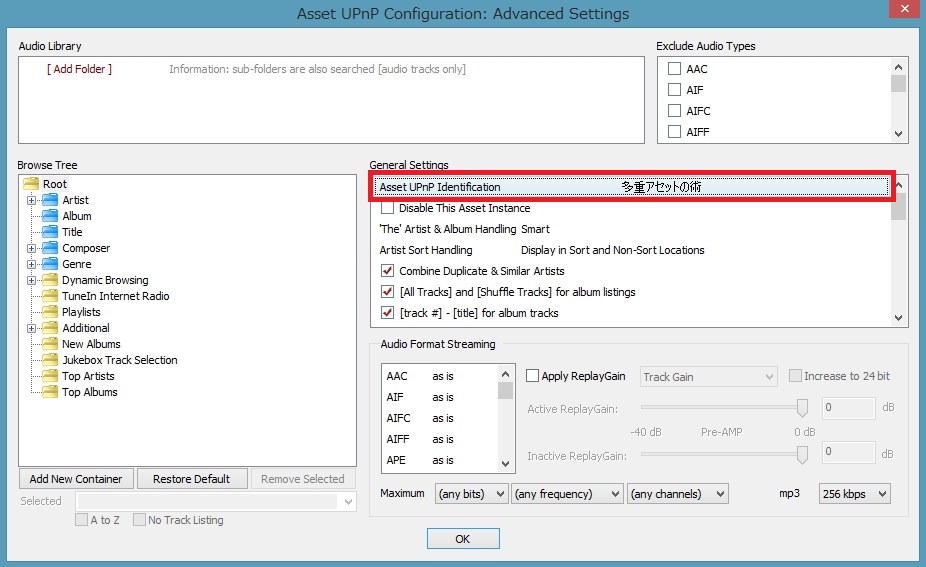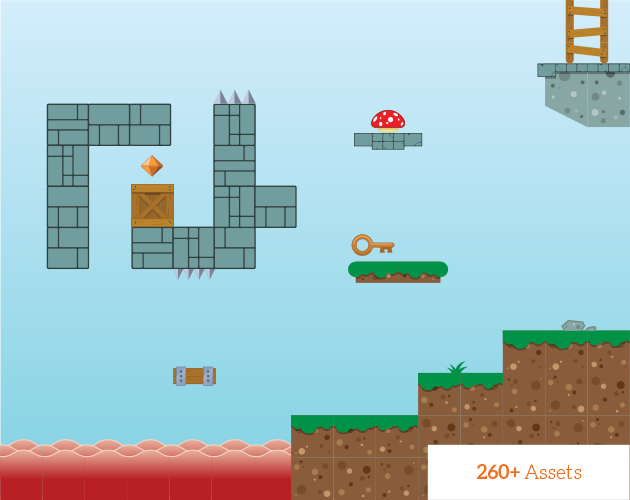

consumer electronics (ICCE 2002), pp 98–99ĭe Pessemier T, Dooms S, Martens L (2012) Design and evaluation of a group recommender system. Marcel Dekker, New YorkĬho SY, Seo DY, Kim TY (2002) Gateway framework for home appliance’s interoperability based on heterogeneous middleware in residential networks. In: Kent A (ed) Encyclopedia of library and information systems, vol 69, supplement 32. IEEE Trans Consum Electron 57(4):1670–1678īurke R (2000) Knowledge-based recommender systems.

ACM, New York, pp 63–70īrewka L, Skoldstrom P, Nelis J, Wessing H, Develder C (2011) Automatic provisioning of end-to-end QoS into the home. ACM, New York, pp 111–118īollen D, Knijnenburg BP, Willemsen MC, Graus M (2010) Understanding choice overload in recommender systems. ACM, New York, pp 3–6īerkovsky S, Freyne J (2010) Group-based recipe recommendations: analysis of data aggregation strategies. ACM, New York, pp 1–8īennett J, Lanning S (2007) The netflix prize. workshop information heterogeneity and fusion in recommender systems, HetRec ’10. Campione d’Italia, Italy, pp 1–6īellogín A, Cantador I, Castells P (2010) A study of heterogeneity in recommendations for a social music service. digital ecosystems technologies (DEST 2012). ACM, New York, pp 119–126īellandi V, Ceravolo P, Frati F, Maggesi J, Waldhart G, Seeber I (2012) Design principles for competence-based recommender systems.
#Illustrate asset upnp add genre software#
The modularity of internal components and limited imposed hardware requirements implies flexibility as to how the OMUS system can be deployed (ranging from e.g., embedded in hardware devices or more software services based).īaltrunas L, Makcinskas T, Ricci F (2010) Group recommendations with rank aggregation and collaborative filtering. The OMUS system was evaluated by means of focus groups and by qualitative and quantitative performance assessment of individual parts of the system. Also the addition of genre filter functionality was proven to further boost the coverage. For the group recommendations we introduced distinct weights for each user and showed that by varying the weights, the coverage (i.e., items that can be returned by the recommender) considerably increases.

To meet these requirements we propose the OMUS home information system which includes an optimized content aggregation framework, a hybrid group-based contextual recommender system, and an overall web-based user interface making both content and recommendations available for all devices across the home network. Information handling problems are identified and requirements for a home information system formulated. In this paper, we start with an analysis of the home environment by means of a user study. As both the available multimedia devices in the home (e.g., smartphones, tablets, laptops, game consoles, etc.) and the available content (video and audio) is increasing, interconnecting desired content with available devices is becoming harder and home users are experiencing difficulties in selecting interesting content for their current context. Media content in home environments is often scattered across multiple devices in the home network.


 0 kommentar(er)
0 kommentar(er)
